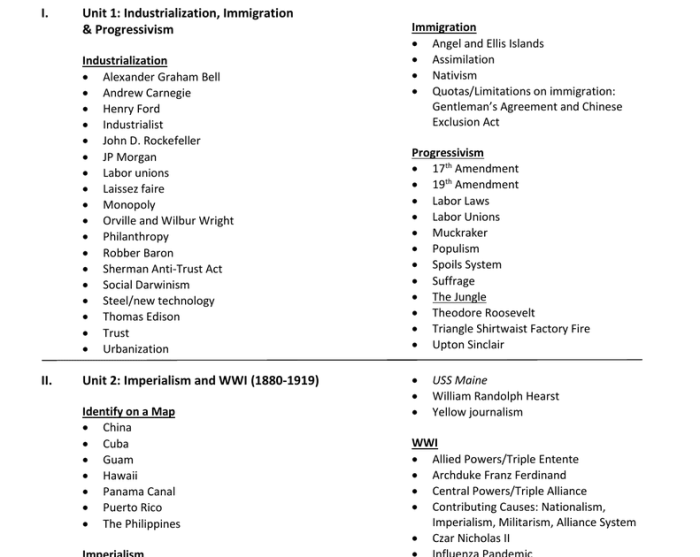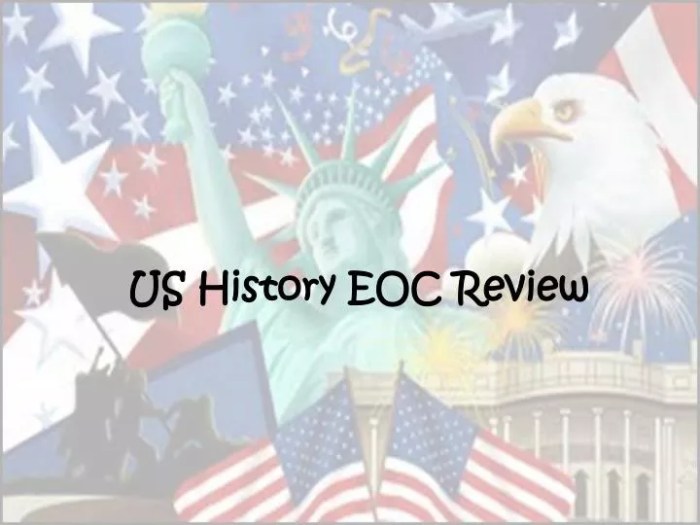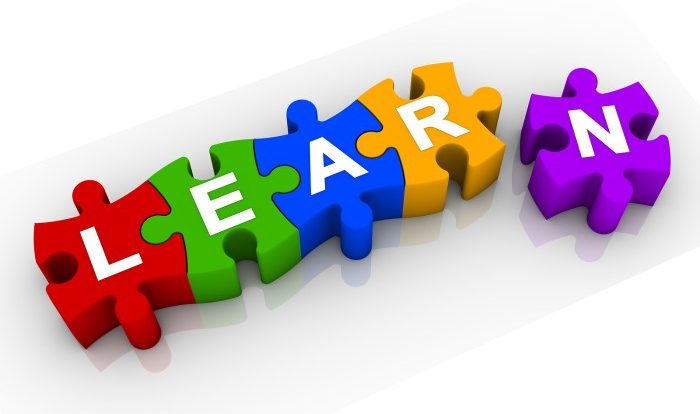Introducing the US History EOC Review Guide Answer Key, an indispensable resource designed to empower students with a comprehensive understanding of the key concepts, historical figures, and major events covered in the End-of-Course (EOC) exam. This meticulously crafted guide serves as an invaluable tool for exam preparation, ensuring students are equipped with the knowledge and skills necessary to excel.
Delving into the intricate tapestry of US history, this guide provides a clear and concise overview of the essential themes and events that have shaped the nation. From the founding fathers to the Civil War, from the Industrial Revolution to the Civil Rights Movement, the guide covers a vast historical landscape, offering a panoramic view of the forces that have molded the United States into the nation it is today.
US History EOC Review Guide Key Concepts: Us History Eoc Review Guide Answer Key

The US History EOC Review Guide provides a comprehensive overview of the major themes and events covered in the EOC exam. The guide includes a list of key terms and definitions, as well as biographies of essential historical figures and their contributions.
Key Themes and Events, Us history eoc review guide answer key
- Colonization and the American Revolution
- The Civil War and Reconstruction
- The Industrial Revolution and the Gilded Age
- The Progressive Era and World War I
- The Roaring Twenties and the Great Depression
- World War II and the Cold War
- The Civil Rights Movement and the Vietnam War
- The Watergate Scandal and the Reagan Era
- The End of the Cold War and the Globalized World
Key Terms and Definitions
- Manifest Destiny:The belief that the United States was destined to expand westward across the North American continent.
- Sectionalism:The division of the United States into different regions with distinct economic, social, and political interests.
- Abolitionism:The movement to end slavery in the United States.
- Reconstruction:The period after the Civil War when the United States attempted to rebuild the South and reunite the country.
- Industrial Revolution:The period of rapid industrialization that transformed the United States in the late 19th century.
- Progressive Era:The period of social and political reform in the United States in the early 20th century.
- World War I:The global war that took place from 1914 to 1918.
- Great Depression:The severe economic downturn that began in the United States in 1929.
- World War II:The global war that took place from 1939 to 1945.
- Cold War:The period of tension between the United States and the Soviet Union that lasted from 1947 to 1991.
- Civil Rights Movement:The movement to end racial discrimination in the United States.
- Vietnam War:The war between the United States and North Vietnam that took place from 1955 to 1975.
- Watergate Scandal:The political scandal that led to the resignation of President Richard Nixon in 1974.
- Reagan Era:The period of conservative politics in the United States during the 1980s.
- End of the Cold War:The collapse of the Soviet Union in 1991.
- Globalized World:The interconnected world that emerged in the late 20th century.
Essential Historical Figures and Their Contributions
- George Washington:First President of the United States, led the Continental Army to victory in the Revolutionary War.
- Thomas Jefferson:Third President of the United States, author of the Declaration of Independence.
- Abraham Lincoln:Sixteenth President of the United States, led the Union to victory in the Civil War and issued the Emancipation Proclamation.
- Frederick Douglass:Abolitionist and author, spoke out against slavery and for the rights of African Americans.
- Susan B. Anthony:Suffragist and activist, fought for the right of women to vote.
- Theodore Roosevelt:Twenty-sixth President of the United States, expanded the role of the federal government and promoted conservation.
- Woodrow Wilson:Twenty-eighth President of the United States, led the United States into World War I and proposed the League of Nations.
- Franklin D. Roosevelt:Thirty-second President of the United States, led the United States through the Great Depression and World War II.
- Dwight D. Eisenhower:Thirty-fourth President of the United States, led the United States during the Cold War.
- John F. Kennedy:Thirty-fifth President of the United States, challenged the Soviet Union during the Cold War and promoted civil rights.
- Martin Luther King, Jr.:Civil rights leader, led the Montgomery Bus Boycott and delivered the “I Have a Dream” speech.
- Ronald Reagan:Fortieth President of the United States, promoted conservative policies and challenged the Soviet Union during the Cold War.
Questions and Answers
What is the purpose of the US History EOC Review Guide Answer Key?
The US History EOC Review Guide Answer Key provides students with a comprehensive overview of the key concepts, historical figures, and major events covered in the End-of-Course (EOC) exam, enabling them to effectively prepare for and excel in the assessment.
How does the guide ensure accuracy and reliability?
The guide undergoes a rigorous review process to ensure the accuracy and reliability of the information presented. It is meticulously compared with reputable sources and historical records to guarantee the integrity of the content.
What are the benefits of using the US History EOC Review Guide Answer Key?
Utilizing the US History EOC Review Guide Answer Key offers numerous benefits, including enhanced understanding of historical concepts, improved critical thinking skills, increased confidence in exam preparation, and a greater likelihood of achieving success in the EOC assessment.


